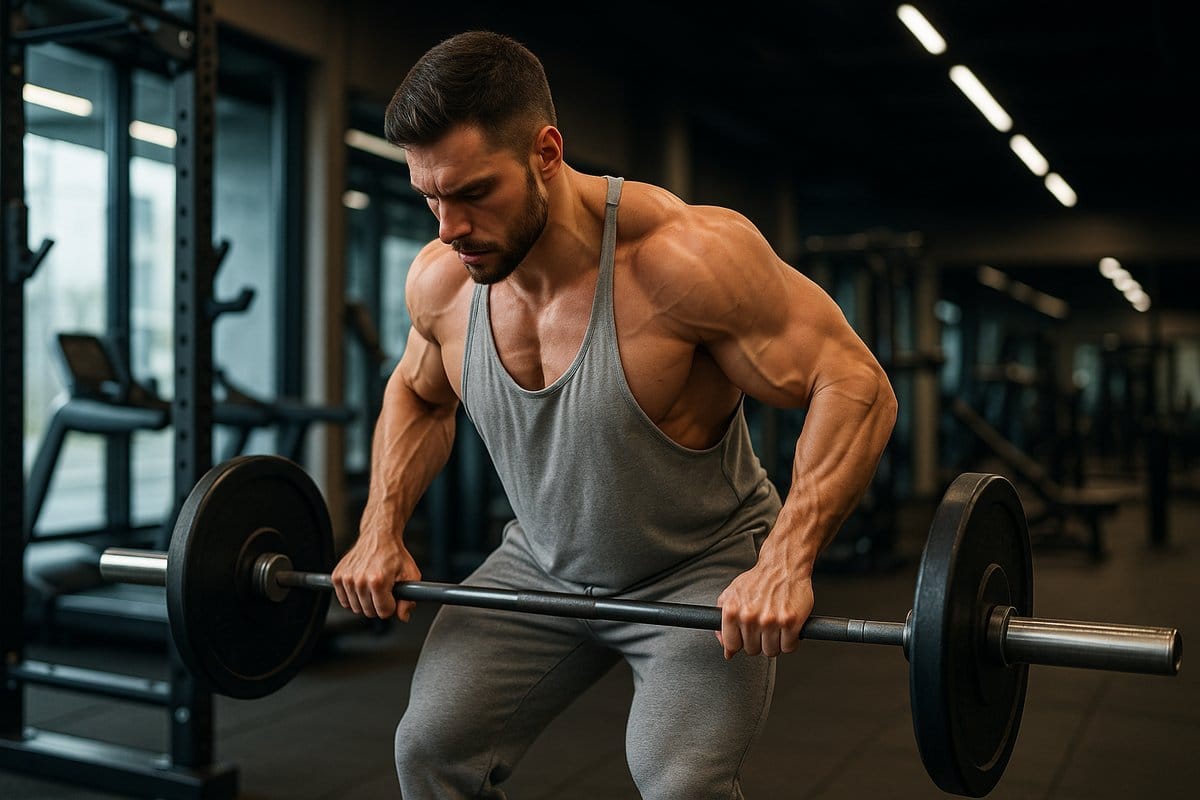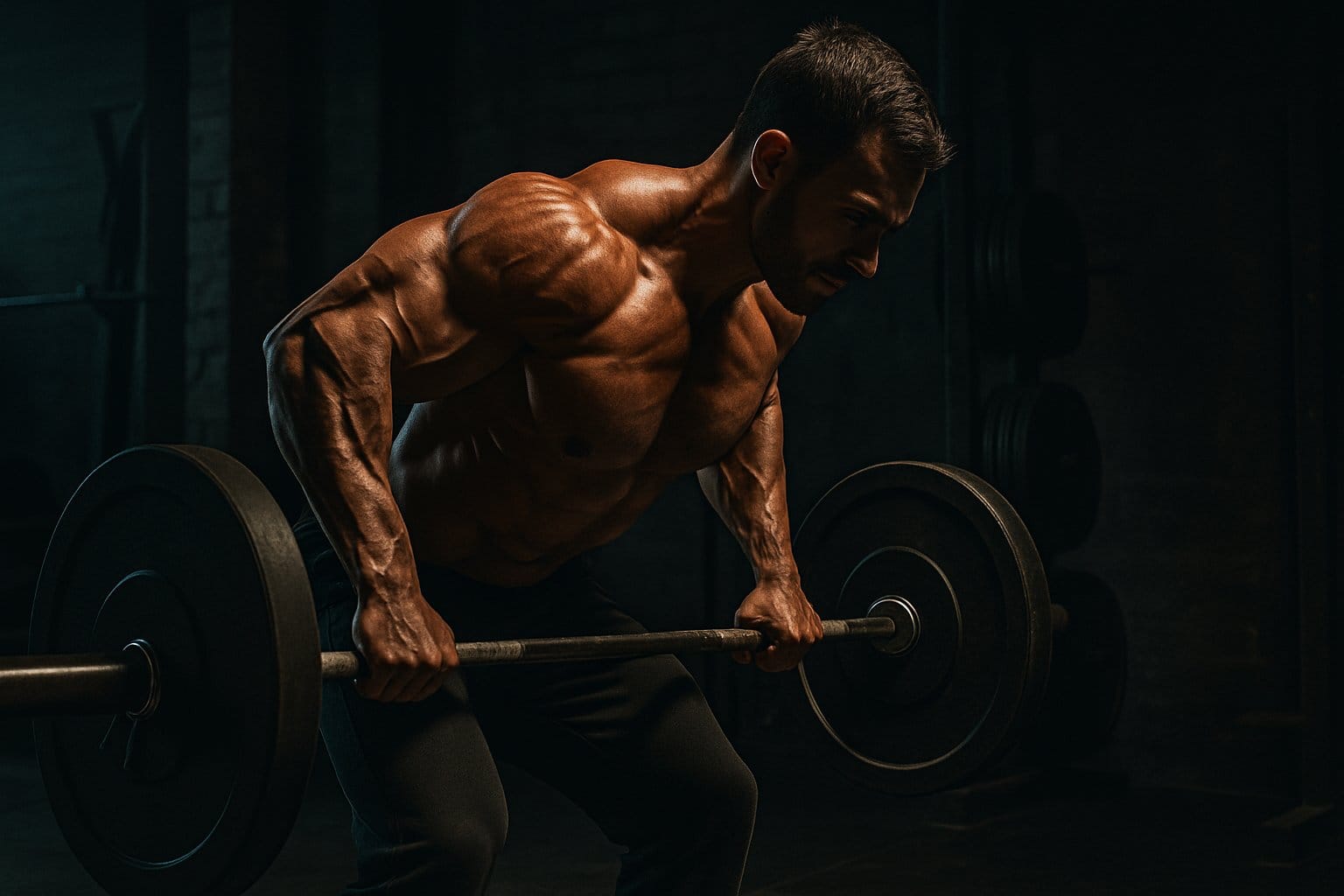Squat Performance as a Health Metric Across Age Groups
Learn how squat performance changes with age and what it says about your strength, mobility, and long-term health.
Squats are often seen as the gold standard for building leg strength and improving overall fitness. However, when we look at squat performance across different age groups, it becomes clear that they can also serve as a powerful health metric. Assessing joint mobility is vital for performing squats correctly and safely, especially as we age. In fact, how well a person can perform squats can offer insight into their overall health, mobility, and functional fitness - key indicators of aging well and maintaining independence.
From younger adults focused on building muscle to older individuals looking to maintain mobility and independence, knowing how to do squats can provide valuable insight into the state of a person's physical health. As we age, our bodies undergo significant changes, and squat performance can reflect how well we’re managing those changes.
So, how does squat performance vary across age groups and why is it such an important health metric? Let’s find out.
Understanding Squat Performance as a Health Indicator
For younger adults, squats are typically part of a workout routine aimed at building muscle and strength. Squats are often seen as a staple in strength training routines, but their benefits extend beyond just building muscle
For instance, individuals who struggle with squats may also experience other challenges, such as limited flexibility, knee pain, or poor posture, all of which are signs that the body may not be functioning at its peak.
Recognizing these early signs can give you valuable insight into your physical health.
Struggling with squats, or just want to see how yours stack up? The Flex app gives you smart, personalized workouts that grow with you, whether you’re chasing PRs or just trying to stay mobile. Download the app now and start training smarter.
Squats Across Age Groups: The Key Differences
As we progress through life, our bodies change in ways that can affect how well we perform squats. The difference in squat performance across age groups is not just about muscle strength but also about the body's ability to move, balance, and maintain joint health.
In Younger Adults (18-35 years)
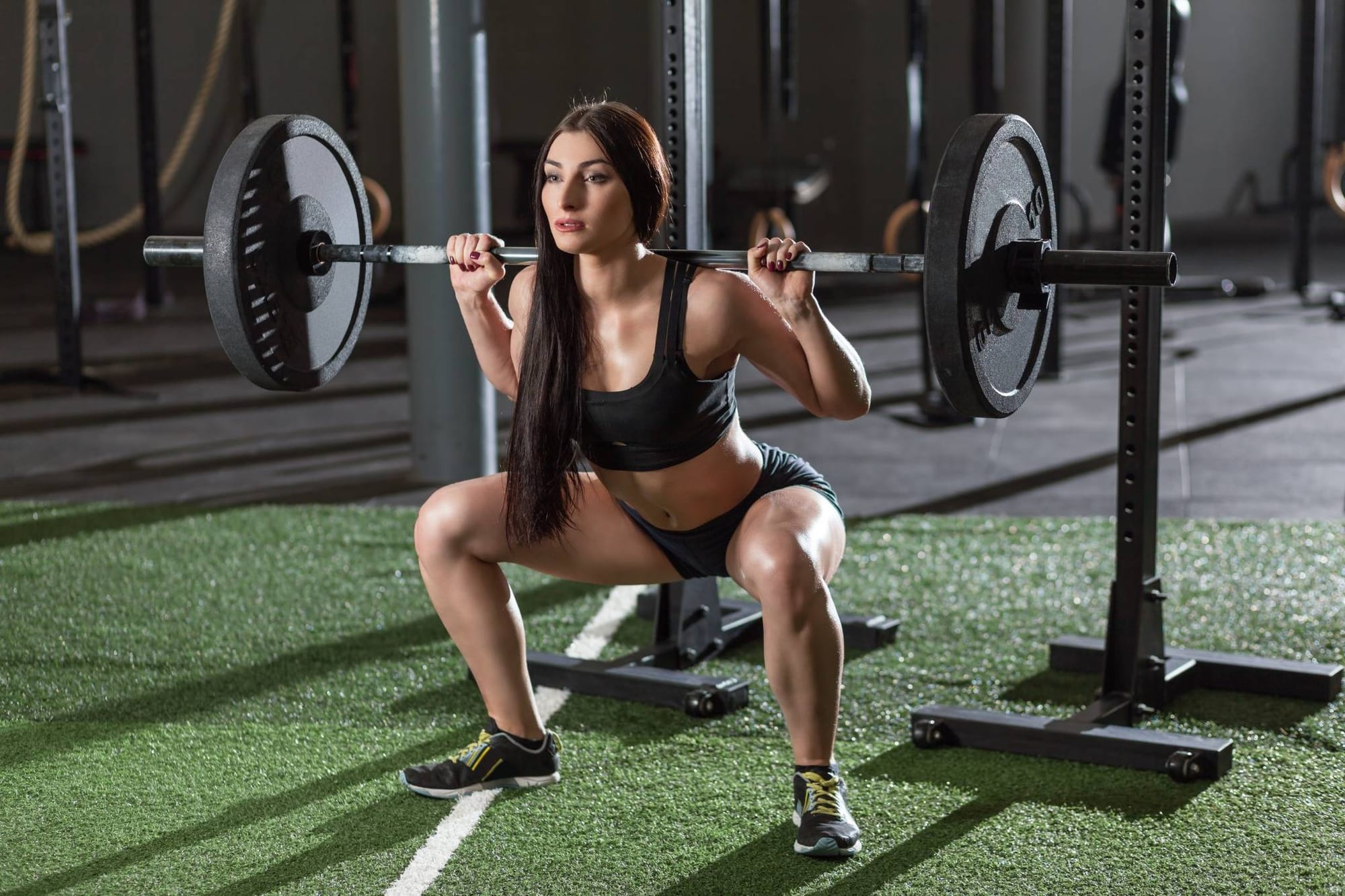
In younger individuals, squats are typically part of a fitness routine focused on building strength and muscle mass. At this stage, squats are often deep, controlled movements with an emphasis on adding weight or performing them at high intensity.
Young adults tend to have fewer mobility restrictions, making deep squats relatively easy. In fact, squats are used to enhance athletic performance, whether it’s in weightlifting, sports, or general fitness. This is usually the age where people hit their peak squat strength—heavier loads, deeper reps, and better control.
In Middle-Aged Adults (36-55 years)
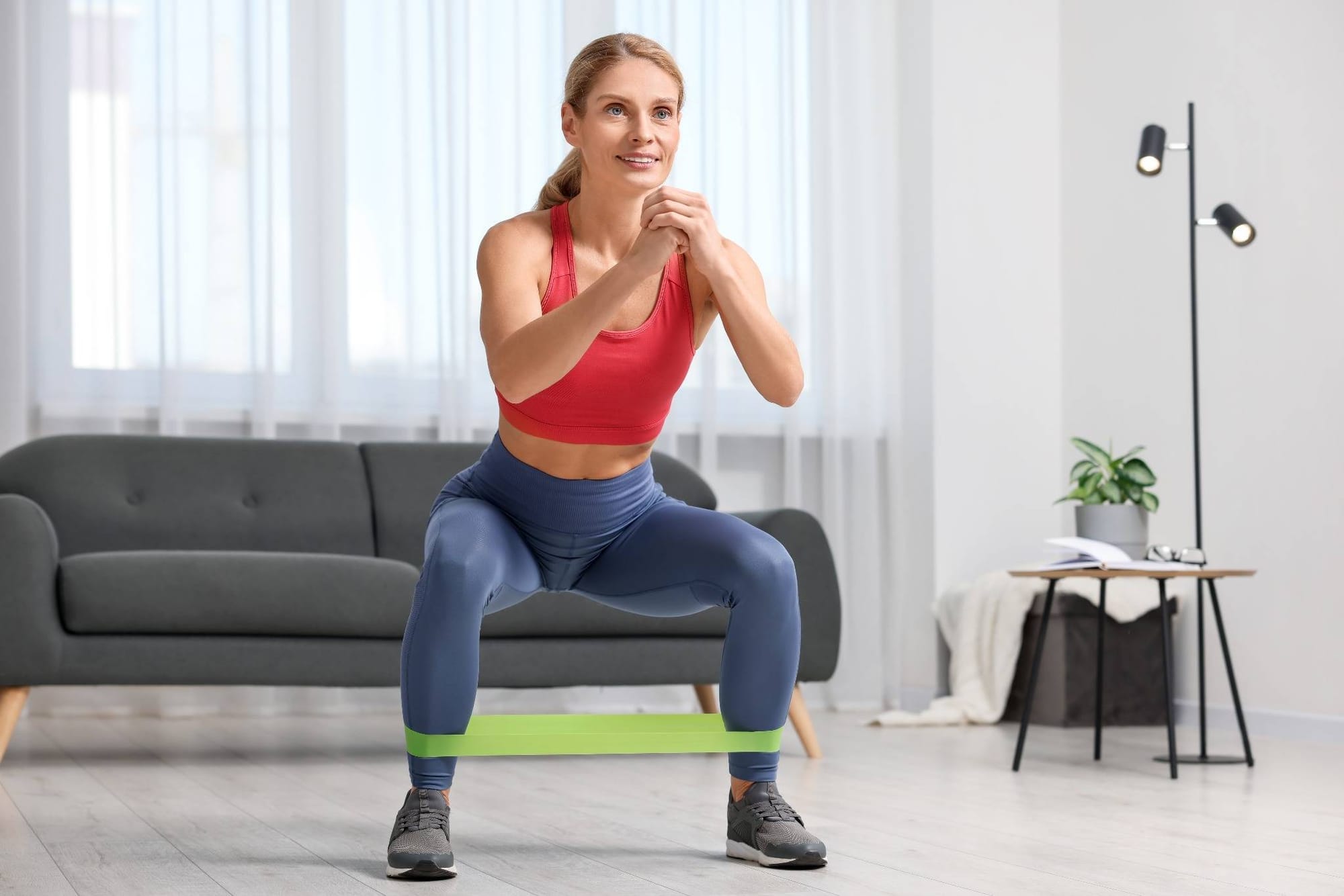
As we enter middle age, the body begins to experience natural changes, including the loss of muscle mass and flexibility. Squat performance during this stage may decrease, not because of lack of strength, but due to a reduction in flexibility, joint health, and mobility.
Middle-aged adults may not be able to squat as deep or load as heavily as they once did, but maintaining the ability to squat at any depth is a strong indicator of preserving functional health. For many, the focus shifts to preventing further loss of strength and mobility rather than pushing the limits of squat depth.
It's also common to see variations of squats, such as bodyweight or partial squats, that place less strain on the knees and hips.
In Older Adults (56+ years)
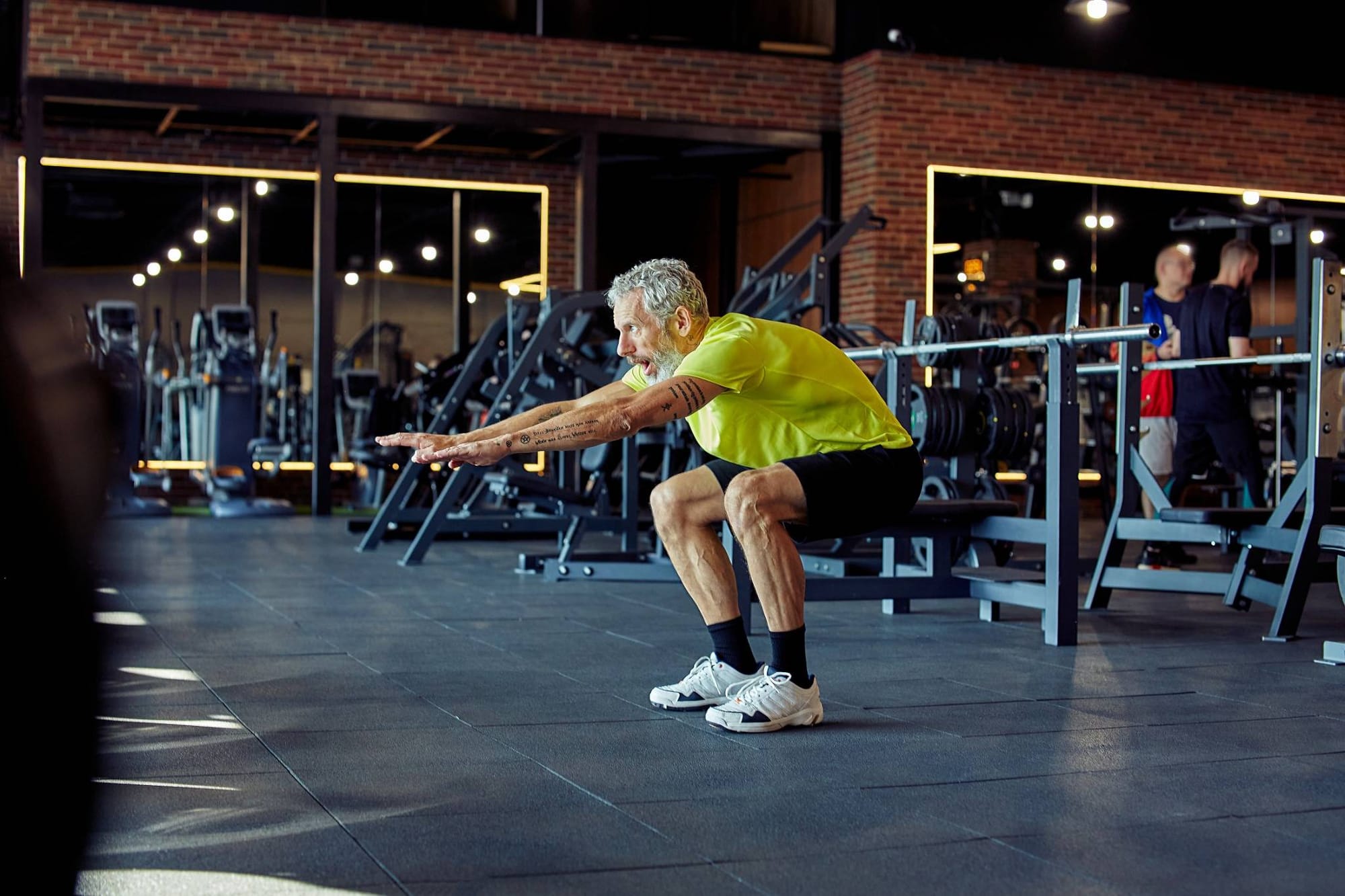
Squats become a key indicator of functional health and independence for older adults. The ability to perform even a modified squat indicates good muscle function, balance, and joint health, all of which are essential for everyday activities like sitting and standing, walking, and maintaining posture.
For older adults, squatting is less about performance and more about preserving basic movements needed for daily life.
Shallow squats, assisted squats, or even chair squats can be used to maintain balance and strength, which in turn helps prevent falls and enhances mobility. Poor squat performance in this group can be a red flag for mobility issues and the need for more focused exercises to enhance strength and prevent the loss of independence.
So, what do squats tell us beyond age-based performance?
Why Squats Matter for Long-Term Health
The ability to squat well reflects a combination of strength, mobility, and balance, all crucial factors for maintaining quality of life. Research has shown that maintaining lower body strength is directly correlated with a decreased risk of falls and a higher level of independence in older adults.
Additionally, squats can help combat the loss of muscle mass and bone density, both of which naturally decline with age. By making squats a part of a regular fitness routine, individuals can improve their overall functional strength, maintain mobility, and decrease the likelihood of injury, ensuring better health throughout the aging process.
How to Improve Squat Performance at Any Age
The good news is that improving squat performance doesn’t have to be complicated, regardless of your age.
For younger individuals, focusing on building muscle through progressive overload can enhance squat depth and strength.
For middle-aged adults, incorporating mobility exercises and focusing on joint health can ensure that squats remain safe and effective.
For older adults, bodyweight squats and modified squat variations can help improve balance and prevent falls.
Incorporating squats into a balanced fitness routine is one of the most effective ways to ensure long-term health. Whether you’re young, middle-aged, or older, squats can be adapted to fit your fitness level and health goals.
Final Thoughts
Squat performance as a health metric provides a unique look into how our bodies are aging. From young adults looking to build strength, to middle-aged individuals maintaining function, to older adults preserving mobility, squats are a universal test of overall health.
Keep squatting, and remember: it’s not just about how deep you go, but how well you can move!
Ready to train smarter at any age? Download the Flex app and get custom workouts built for your body, whether you're chasing PRs or preserving your mobility.
Related articles
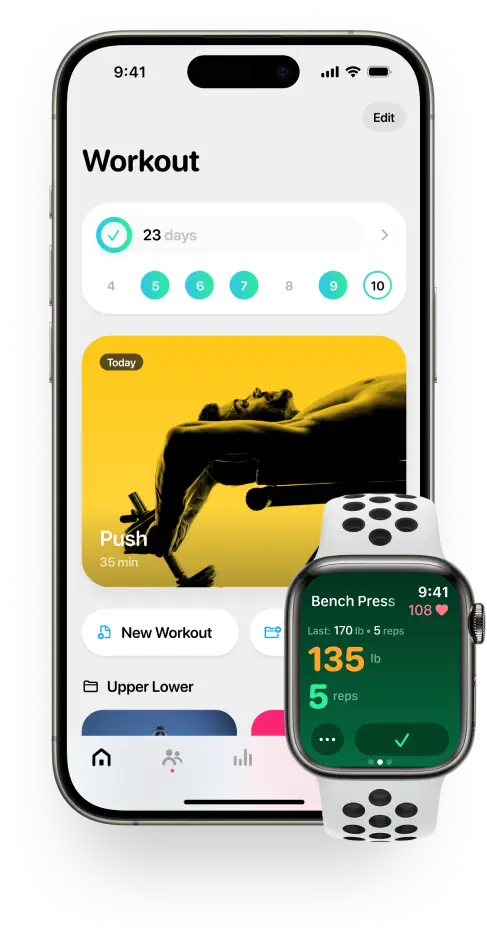
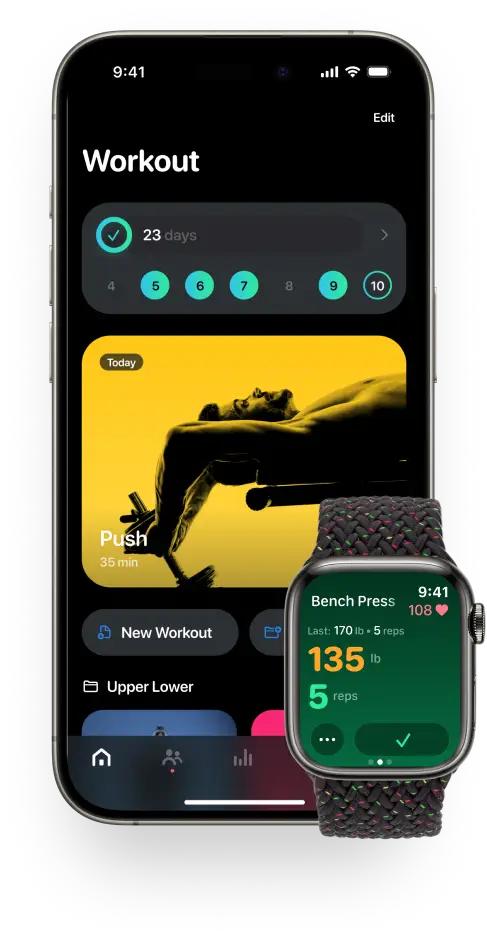
Get fit with Flex
Build muscle & lose weight fast for free.
Available on iPhone + Apple Watch



